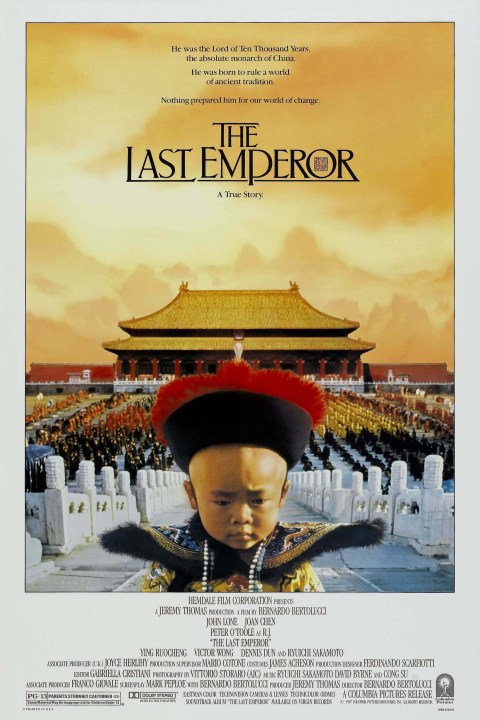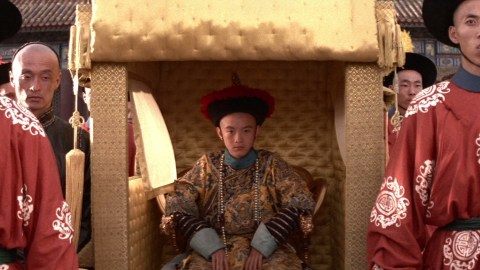17. 4. – 19. 4. 2026
The Last Emperor

 Original title: The Last Emperor
Original title: The Last EmperorDirector: Bernardo Bertolucci
Production: 1987, UK / France / Italy / Hong Kong
Length: 160 min.
Screened:
KRRR! 2018: 70mm 2.2:1, Colours intact, MG, Spoken language: Italian, Subtitles: Czech, EnglishAnnotation for KRRR! 2018
Even before he brought this, perhaps his most famous work, to life in 1987, Italian filmmaker Bernardo Bertolucci was already a world-renowned director. From his early collaboration with his equally important colleague Pier Paolo Pasolini, he gradually worked his way up to creating star-studded international co-productions, among which the most notable are acclaimed films such as The Conformist (1970), Last Tango in Paris (1972) and the sweeping 20th Century (1976) with Robert De Niro and Gérard Depardieu. However, it was the aforementioned year 1987 and the ambitious biographical drama The Last Emperor that brought Bertolucci both an Oscar and, above all, imaginary creative immortality. The story of his 160-minute film is dedicated, as the title suggests, to the life journey of the last emperor of the Chinese people, Puyi, who was forced to ascend the throne in 1908 at the age of just three. He lived a rich life, which he managed to capture in a book-length autobiography before his death in 1967, from which Bernardo Bertolucci drew heavily for his film.
From the very first seconds, The Last Emperor indicates to what extent Bertolucci can be considered a film painter. In collaboration with the legendary cinematographer Vittorio Storaro, he creates unforgettable visual compositions and often lets the camera float around the mise-en-scène, without in any way disturbing the carefully thought-out and clear staging of the scenes. The opulence of the set design is evident not only in every shot, but also in the statistical data according to which almost twenty thousand extras appeared in front of the camera during the film. This tendency is reinforced, in addition to the impressive oriental music, by the use of authentic exteriors and interiors – the creators of The Last Emperor became the first film crew ever to be allowed by the Chinese government to film directly in the Forbidden City.
The film also stands out for its thoughtful narrative structure, in which it ingeniously shifts the role and position of the narrator in order to acquaint the viewer with all the essential plot information throughout the complex story. In addition to Pu-i’s own narration, we find ourselves in the written memories of his teacher Johnston (Peter O’Toole) or we get into the perspective of Pu-i’s wife, which creates a full-fledged personal portrait of the last Chinese emperor, without the film losing its coherence or stumbling over the place in terms of plot.
As indicated, the film won an amazing nine Oscars and became a culturally significant work of world cinema. So don't hesitate and get to know it where it rightfully belongs - on the big screen from a seventy-millimeter copy.